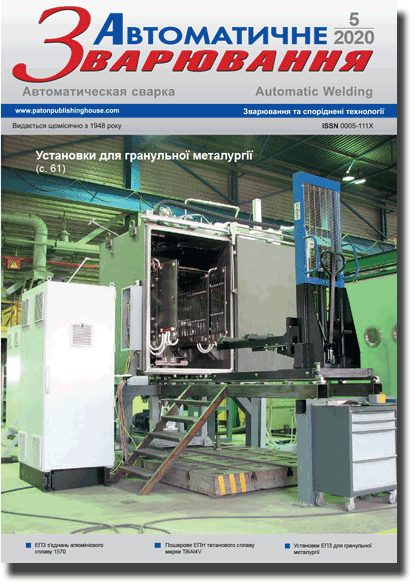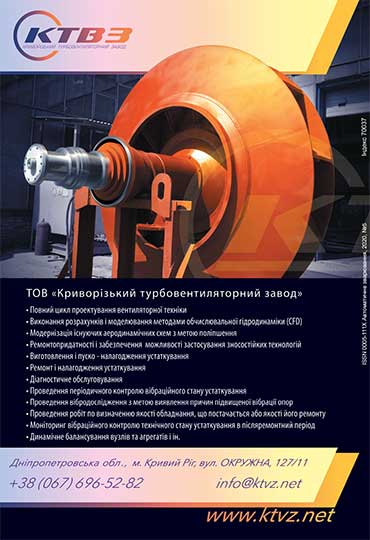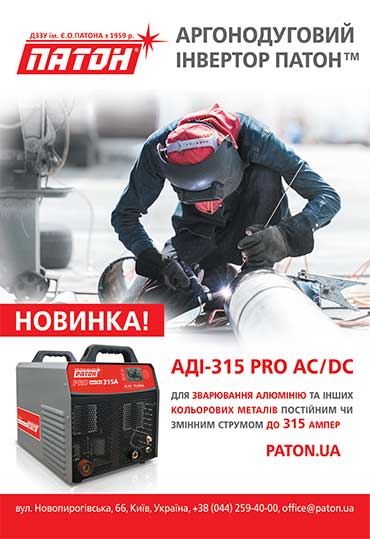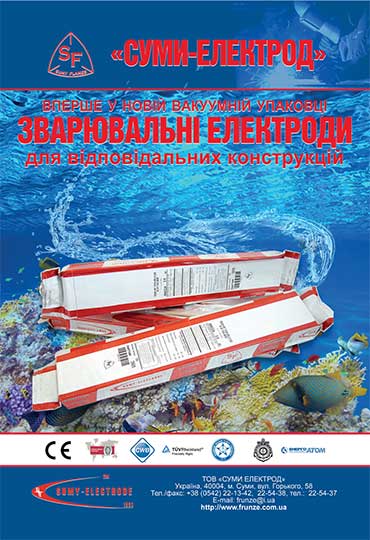| 2020 №05 (08) |
DOI of Article 10.37434/as2020.05.01 |
2020 №05 (02) |
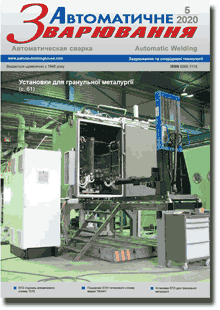
"Avtomatychne Zvaryuvannya" (Automatic Welding), #5, 2020, pp. 3-9
Structure and crack resistance of special steels with 0.25...0.31 % carbon under the conditions of simulation of thermal cycles of welding
O.M. Berdnikova, V.A. Kostin, V.D. Pozdnyakov, O.A. Gaivoronskii, T.O. Alekseenko, I.I. Akekseenko
E.O. Paton Electric Welding Institute of NAS of Ukraine, 11 Kazymyr Malevich Str., 03150, Kyiv, Ukraine. E-mail: office@paton.kiev.ua
The impact of thermodeformational cycle of welding on structural-phase transformations in the HAZ metal of armour steel of 30Kh2NMF type with different carbon content (0.25; 0.29 and 0.31%) was studied. At the next stage, structural changes in model samples – simulators with 0.31 carbon at different cooling rates (3.8; 12.5 and 21 C/s) and nature of their fracture after bend testing were studied. As a result of the performed studies, it was established that the structure ensuring the optimum level of strength and fracture toughness, forms when low cooling rates are used (below 3.8 C/s). 13 Ref., 3 Tabl., 6 Fig.
Keywords: special high-strength steel, thermodeformational welding cycle, thermokinetic transformation diagrams, heat-affected zone, microstructure, fracture mode, crack resistance
Received: 24.02.2020
References
1. Otroshchenko, B. (2005) Let armour become stronger and tanks be improved. Metall Bulleten, Ukraine, 10 [in Russian].2. Kashirsky, Yu.V. (2000) Information bank on mechanical engineering materials and modes of treatment. Tyazholoe Mashinostroenie, 4, 12–19 [in Russian].
3. Goldshtejn, M.I., Grachev, S.V., Veksler, Yu.G. (1985) Special steels. Moscow, Metallurgiya [in Russian].
4. Kuchuk-Yatsenko S.I., Grigorenko G.M., Novikova D.P et al. (2007) Effect of energy input on ductile properties of flash butt welded joints in steel X70. The Paton Welding J., 6, 2–6.
5. Gulyaev, A.P. (1960) Heat treatment of steel. Moscow, Mashgiz [in Russian].
6. Seo J.S., Kim H.J., Ryoo H.S. (2008) Microstructure parameter controlling weld metal cold cracking. J. of Achievements in Materials and Manufacturing Engineering, 27, 199–202.
7. Sterenbogen, Yu.A. (1986) Some factors determining resistance of HAZ metal of martensitic steels to cold crack formation. Avtomatich. Svarka, 6, 5–8 [in Russian].
8. Skulsky V.Yu. (2009) Peculiarities of kinetics of delayed fracture of welded joints of hardening steels. The Paton Welding J., 7, 12–17.
9. Gajvoronsky, A.A., Sarzhevsky, V.A., Gordonny, V.G. (1997) Weldability of medium-carbon alloyed steel 38Kh2MYuA. Avtomatich. Svarka, 4, 20–24 [in Russian].
10. Kostin, V.A., Grigorenko, G.M., Poznyakov, V.D. (2019) Peculiarities of HAZ metal structure formation of welded joints of foreign special steels. Svarochn. Proizvodstvo, 12, 50–56 [in Russian].
11. Grigorenko, G.M., Kostin V.A., Orlovsky V.Yu. (2008) Current capabilities of simulation of austenite transformations in low-alloyed steel welds. The Paton Welding J., 3, 22–24.
12. Cherepin, V.T. (1968) Experimental technique in physical materials science. Kiev, Tekhnika [in Russian].
13. Krimer, B.I., Panchenko, E.V., Shishko, L.A. et al. (1966) Laboratory practical work on metallography and physical properties of metals and alloys. Moscow, Metallurgiya [in Russian].
Advertising in this issue:
The cost of subscription/purchase order journals or individual articles
| Journal/Currency | Annual Set | 1 issue printed |
1 issue |
one article |
| TPWJ/USD | 384 $ | 32 $ | 26 $ | 13 $ |
| TPWJ/EUR | 348 € | 29 € | 24 € | 12 € |
| TPWJ/UAH | 7200 UAH | 600 UAH | 600 UAH | 280 UAH |
| AS/UAH | 1800 UAH | 300 UAH | 300 UAH | 150 UAH |
| AS/USD | 192 $ | 32 $ | 26 $ | 13 $ |
| AS/EUR | 180 € | 30 € | 25 € | 12 € |
| SEM/UAH | 1200 UAH | 300 UAH | 300 UAH | 150 UAH |
| SEM/USD | 128 $ | 32 $ | 26 $ | 13 $ |
| SEM/EUR | 120 € | 30 € | 25 € | 12 € |
| TDNK/UAH | 1200 UAH | 300 UAH | 300 UAH | 150 UAH |
| TDNK/USD | 128 $ | 32 $ | 26 $ | 13 $ |
| TDNK/EUR | 120 € | 30 € | 25 € | 15 € |
AS = «Automatic Welding» - 6 issues per year;
TPWJ = «PATON WELDING JOURNAL» - 12 issues per year;
SEM = «Electrometallurgy Today» - 4 issues per year;
TDNK = «Technical Diagnostics and Non-Destructive Testing» - 4 issues per year.





